15 years ago, fashion media needed someone to take a sledgehammer to its binary. Anita Dolce Vita knew just how to do it.
Digital publication dapperQ has boldly celebrated queer fashion and beauty for over a decade. Originally founded in 2009 by Sterling Cruz-Herr, dapperQ started off as a personal blog focused on masculine style; it has since expanded into a multi-platform brand with Dolce Vita at the helm. dapperQ has produced the New York Fashion Week annual queer runway show at the Brooklyn Museum for 8 years, brought us the Target Youth Pride fashion show for 2021 NYC Pride, and produced LGBTQ+ fashion shows at the Institute of Contemporary Art/Boston and the Museum of Fine Arts/Boston. All while challenging gendered fashion and showcasing the full spectrum of the queer aesthetic.
And now, from current owner and Editor-in-Chief Anita Dolce Vita: dapperQ brings us the vibrant, dreamy coffee table book: dapperQ Style: Ungendering Fashion.
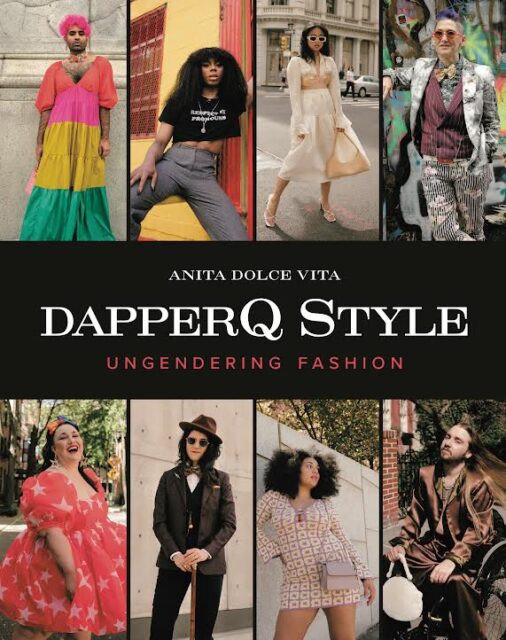
Dolce Vita, who has been instrumental in the brand’s evolution, describes dapperQ as “a queer fashion revolution, one of the most stylish forms of protest of our generation.” She got her start with the mag back when dapperQ was just a hatchling – she had written a blurb about a queer clothing exchange event and included a cute holiday mocktail post. She offered pointers to the digital publication when she had the chance, and soon had her hand on the wheel.
“I saw an opportunity to expand the platform from a blog into a full magazine that offered shows, events, fashion editorials, and reviews of stylish travel destinations such as Vogue or GQ,” she tells GO. “But more inclusive and for and by our diverse LGBTQIA+ communities.”
Over the years, dapperQ has garnered attention from media heavy-hitters like HBO, NBC News, Vanity Fair, Vice, Refinery29, The Daily Beast, HuffPo, and The Washington Post. In 2013, The New York Times called dapperQ “a sort of GQ for the unconventionally masculine.” The brand has since widened its offerings with sibling project Hi Femme!.
“We inspire people of all sexual orientations, gender identities, and gender presentations to think differently about both queer fashion and beauty as art and visual activism, and ultimately have a deeper, more fulfilling relationship with style,” Anita Dolce Vita tells GO.
LGBTQIA+ and POC communities have a rich legacy of being creative visionaries in beauty and fashion, Dolce Vita says. Fashion has been at the core of some of the most pivotal moments in queer history.
Unless you’ve been hiding under a rock, you’ve probably heard that the Supreme Court recently gave a free pass to any “creative professional” to refuse “expressive” services to LGBTQIA+ people. (Let’s take a collective deep breath to acknowledge the irony: today’s fashion industry would be non-existent, were it not for the immense and generous “expressive” contributions of gay individuals who have never denied their aesthetic to any segment of the population.)
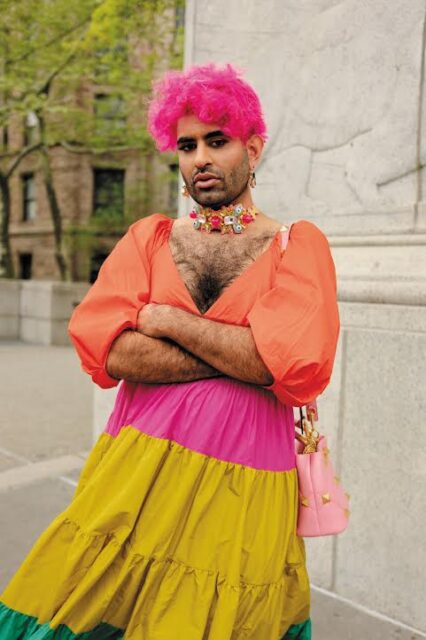
Of course, weaponizing clothing is not new. Consider the 1940s, 50s, and 60s when police brandished “masquerade laws” – old codes from the 1840’s, originally meant to target “costumed dress” that was used to cover up crimes. These archaic laws were often cited to punish queer and trans people for wearing clothing that didn’t correspond with the gender they were assigned at birth.
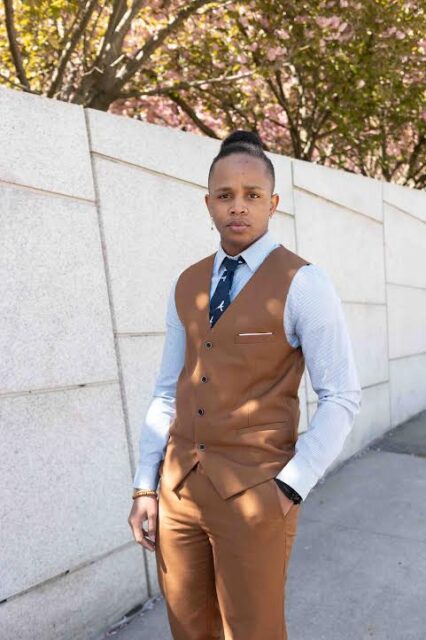
A “three-article rule” was born, and used even up to the time of the Stonewall Uprising (1969). People knew to wear three articles of gender-appropriate clothing to avoid arrest. A “female” caught wearing pants and shirt, could be taken into custody for failing to wear proper women’s clothing – like back in 1913, when a Brooklyn “woman” got three years in a reformatory for “masquerading in men’s clothes.” “No girl would dress in men’s clothing unless she is twisted in her moral viewpoint,” the magistrate declared.
This kind of policing dates back to the 15th Century, when Joan of Arc was burned at the stake, not for her role in the siege of Orléans, but for the heresy of cross-dressing – an abomination to God. History records that she wore men’s clothes to prevent unwanted jailers from forcibly getting under her dress.
Six centuries later, Dolce Vita speaks about queer and trans identities being used by the far right to mobilize voters– from use of restrooms to drag performances to gender affirming care.
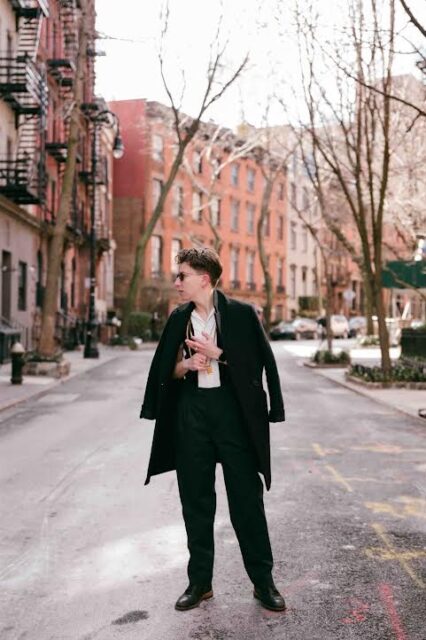
“Politicians and those who want to see queer people completely erased are leveraging their political power to dismantle our democracy and roll back rights for all U.S. citizens,” she says.
“Queer style has emancipatory potential for all members of society right now and is critical to cover and understand as it pertains to policies that matter to many people…Fashion plays a significant role in the social construction of identity. It is one of the most visible markers of gender constructs, and thus also our social status in society’s hierarchies.”
dapperQ Style: Ungendering Fashion is part of the ways that queer people fight back against marginalization. Back in 2015, Dolce Vita was working at a NYC hospital as a research nurse. On the way to the subway, she received a call from a small publishing company. “An editor said they were a huge fan of dapperQ and wanted to publish a queer style manual and asked me to write up a book proposal as a formality,” she recalls. Weeks after submitting the proposal, the editor called to say that queer style was too niche and would not be successful as a book.
“That’s when I became determined to write a book!”
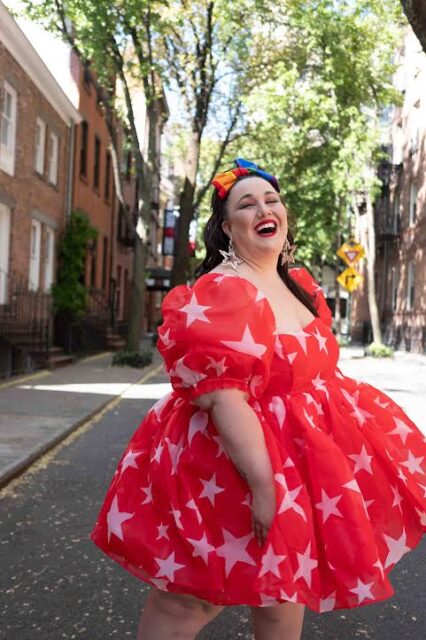
“How was it that every cis het normative fashion magazine from Details to GQ to Vogue to Esquire to InStyle had a companion book, but queer style was too niche? It wasn’t even a matter of dapperQ not being relevant enough to have our own book, but our communities not being relevant enough to have our own book,” she points out.
Fueled by the rejection, she spent months polishing up the proposal, secured an agent with New Leaf, and shopped the book around until HarperCollins signed her in 2019. “I not only felt victorious in advocating for our communities’ visibility in fashion media, but that I secured a deal for the book with a big five publishing company.”
Dolce Vita wants people to understand that this book is for us and by us. “It is filled with style inspiration and powerful words that contribute to our representation, archive a specific time in our history, and advance LGBTQIA+ literature,” she says.
“More broadly, I want for all people to understand that fashion is political. Fashion can be a means of liberation or a tool for social control. As a queer Black plus-size woman, I have been consistently fed messages from society that I am not thin enough, I am not beautiful enough, I dress too young for my age, I dress too old for my age, my hair does not look ‘professional’ enough, I dress too provocatively for my size, I dress too modest and should show off my curves more, that my clothes are outdated, that I am ‘pretty’ for a Black girl, that I am ‘pretty’ for a lesbian, that I wear too much makeup, that I don’t wear enough makeup. I could go on forever.”
There’s a lot at stake for everyone.
“Many people, even those who do not identify as LGBQIA+, have had similar experiences of being a canvas to absorb all of society’s isms… Some people outside our communities think ‘What’s the big deal? This doesn’t concern me?’…But the systematic erasure of a group of people does impact everyone. LGBTQIA+ communities are under attack because we represent the freedom and autonomy that is possible for all people…”
And what better way to challenge erasure than to boldly be one’s true self? Take your pick of inspiration from any number of featured contributors in dapperQ Style: Ungendering Fashion that include the fearlessly femme Alex Berg who describes her personal style aesthetic as “Barbie goes to a punk-rock show or as Clueless meets The Craft”; or Hutch Hutchinson who recalls college days of crossing the center threshold of Abercrombie & Fitch to the “Men’s” aisle (he now gravitates toward “rugged queer meets leather boy meets gay jock raised by softball lesbians”). Meet Mindy Dawn Friedman, who sports the pocket watch chain that suspends her father’s Jewish star pendant. “It’s rare to see me without a bow tie…I live for pattern confusion and power clashing with the joy of a four-year-old jumping in a fresh muddy puddle in a tutu.” And rapper, plus-size model and recognized leader in the trans revolution, Miss Mojo: “ By us being visible, we have the ability to reach down and bring those who are under us up so that it’s a world where everyone is welcome.”

It’s impossible to choose just one morsel to grab onto. But the words of Amber Whittington jump off the pages pretty clear: “Throw away everything that anyone has instilled in you about clothing, because it’s all what you want it to be for you.”
“dapperQ Style: Ungendering Fashion” is available wherever books are sold.
For paid and volunteer producer and creative positions (DJs, models, designers, social media coordinators) visit dapperQ’s website.

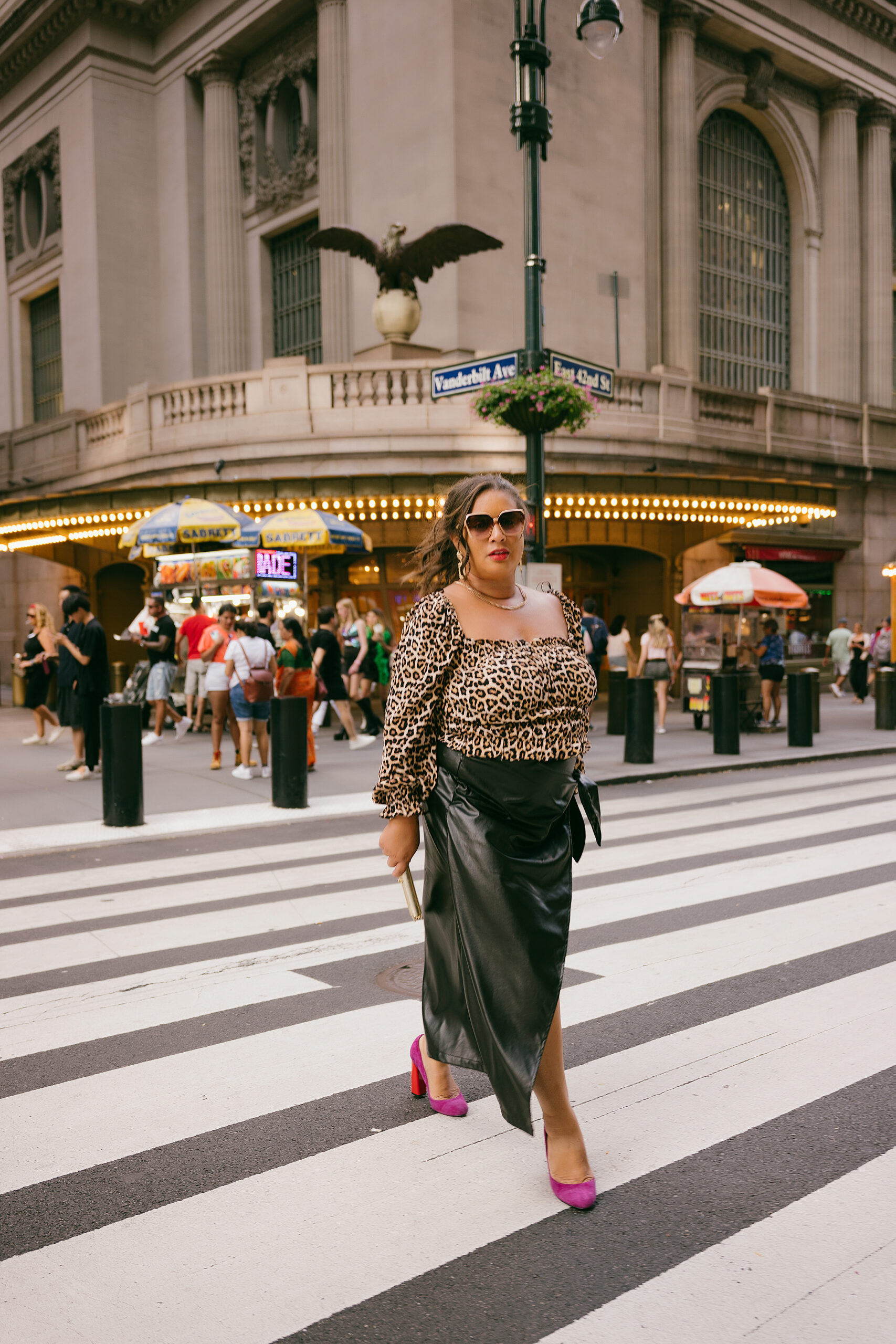
What Do You Think?